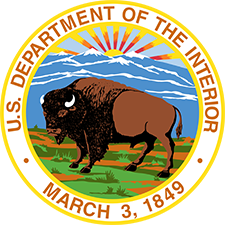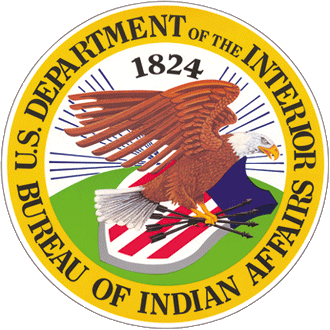Planning can empower tribal governments to make informed decisions about issues in their tribes based on discussions with stakeholders in their community.
It can ensure that issues are understood and that priorities can be agreed upon, and create an appreciation for how issues are related to each other.
When tribal citizens participate in the government’s planning process, it can help a tribe to unify around a particular goal. A cohesive and unified tribal nation can foster a stronger environment for economic opportunities for all segments of its society.
What is Comprehensive Tribal Community Planning?
Comprehensive community planning is conducted by tribal governments and their citizens concerning where their community has been, where it is now, and what it should be for future generations.
There’s no clearly defined profile of what a comprehensive tribal community plan should look like
Cultural heritage as well as social and economic conditions will vary, and so too will tribes’ plans. The preparation and completion of a plan may take years or only a few months depending on many factors including the size of the tribe and the variety of views of its citizens. The final cost of a plan also won’t be known until it’s already been developed, and it will depend on the complexity of issues addressed and the time required to address them.
The aim of community planning is for a tribal government to collect the full range of views of its citizens. A successful plan is one that enjoys support among the various parts of a tribe’s society including its elected officials, traditional leaders, spiritual leaders, elders, adults, and youth.
It’s best if no one element of society is given the authority to lead the planning process.
Feasibility Studies
Bringing in a “qualified” professional or consultant with no financial or personal stake makes it more likely that those who are facilitating and recording the community dialogue will be trusted by tribal members.
Comprehensive tribal community planning can be used to support feasibility studies conducted by the consultant that speak to the tribe’s work force, community infrastructure, and commitment to economic development.
“Qualified” means that the professional or consultant has enough subject matter expertise about the proposed project, has academic or professional licenses or credentials relevant to the proposed project, and/or has experience conducting similar studies.
A tribe can use findings from a feasibility study to present to investor and lender or as the basis for successful application for a federal, state, or private grant.
If a study recommends that a tribe not pursue a particular project, the tribe can save itself from wasting funds on a project that was destined to fail.
If a study recommends that a tribe move forward on a project proposal, that information can used to persuade lenders and investors to provide financial backing for it.
In either case, a feasibility study’s recommendations are intended to help tribes make informed decisions. As sovereign nations, tribes can always choose to accept or reject the suggestions.
What Topics Might a Tribe Examine in a Community Plan?
A plan can address as many topics as the tribe’s society believes are important and might include:
- Development of natural resources
- Air quality, water quality, noise, and traffic
- Policing and fire protection
- Options for housing and locations
- Local commercial services desired
- Health services and wellness
- Employment and opportunities
- Education
- Spiritual values
Tribes should consider the modern-planning concept of “sustainability,” which means considering how a tribal society’s values and identity can be permanently preserved.
Related to this is the concept of “adaptation,” or how a tribal society’s values and identity can be maintained when changes inevitably occur. Plans will likely need to be adjusted in the future and should be reviewed on a regular basis.
Additional Information
Related Pages
Contact Us
Washington, DC 20240


